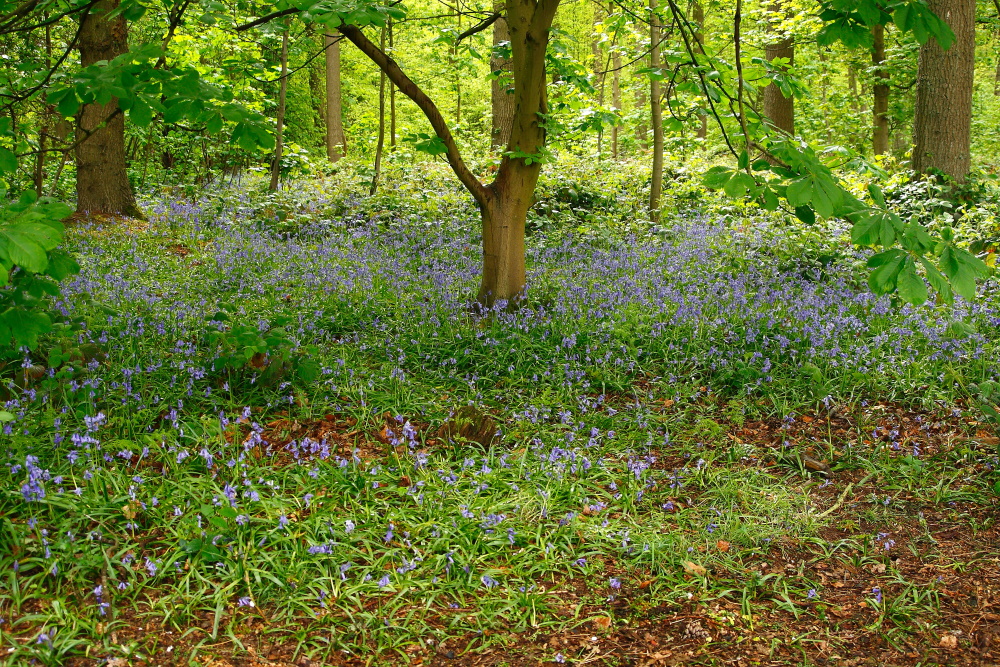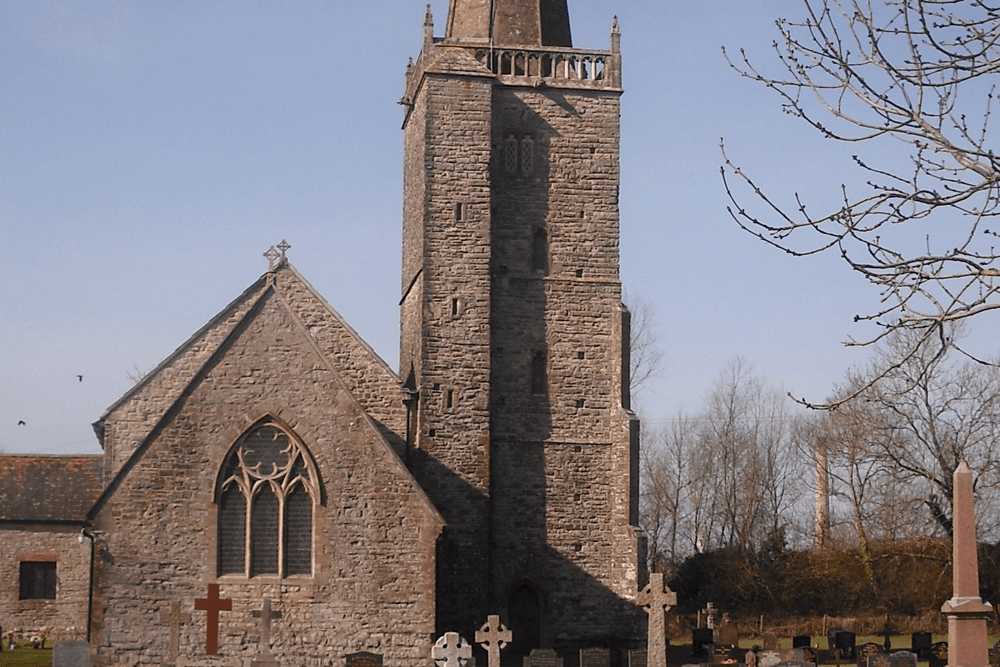In 1901 the only four private residents are listed as Mrs Morgan at "Greenfield", Mrs Morgan at "The Elms", Rev. C. W. Triton (Baptist, but curiously no separate residence given) and Miss Ester Wilcox at "Decoy Pool". Some twenty nine commercial interests include mostly farmers (22) but also William German, blacksmith and wheelwright, at "Pye Corner", Mrs Sarah Jones, publican at "Waterloo Inn", John Skuse, shop-keeper at Broadstreet Common, Edward Tamplin butcher at "Box Cottage", David Thomas farm bailiff to Mr. James Thomas at "Pye Corner Farm", John Watkins, butcher and Lewis Williams, mason at "Ash Cottage".
Nash was named after the Ash trees that grew here in abundance, up until 1289 it was known as Capell de Fraxino, in 1322 it was known as Assh which led on to Nasch and Nashe in 1348 and 1577. Part of the village was once in possession of Goldcliff Priory, and on the dissolution of the Monastries, the Priory lands were transferred to Eton College. The oldest family in the villages of Nash, Goldcliff and Whtison were the Arney family, first recorded in 1349. In the reign of Charles II, an unknown member of the family gave Nash a cottage and 6 acres to support the poor of the village. From 1819-1837 this property was let to an Evan Evans for £18 per annum. According to the Census of 1801, there were 183 inhabitants living in 84 dwellings, and in 1881 there were 239 inhabitants living in 57 dwellings. The village school was built in 1877 with room for 58 children, the average attendance being 43 children. Nash had a Manor which was presided over by Lord Tredegar, who was on of the three main landowners in the village, the other two being Eton college and Sir John Rickard Phillips of Whitson Court.
A large part of the village, including Farmfield House, was lost in the construction of the Uskmouth Power Station and the adjoining huge ash-pits in 1959. Although the main part of the village centres around the church in West Nash, much of the village is set along the wide Broadstreet Common, accessed via Pye Corner or Straits Lane, and which provides the more direct route to Whitson and Redwick. For many years the German family were the village blacksmiths at Pye Corner with the premises eventually becoming a petrol station. The site is now occupied by the offices of the Caldicot and Wentloog Levels Internal Drainage Board. The village had its own small infant school, built in 1877 on West Nash Road, until the 1970s.


